Since 1988, December 1 is observed as World AIDS Day, to raise awareness about the epidemic, and its transmission in remembrance of people who have died of the infection.
Acquired immunodeficiency syndrome (AIDS) is a life-threatening condition caused by the human immunodeficiency virus (HIV). While the first case of AIDS was reported in 1981 in Africa, it soon spread across the world, infecting millions, mainly through blood transfusion, unprotected sex and infected needles.
In light of the 35th World AIDS Day, we take a look at the facts and figures to understand the spike and control of transmission in recent years, especially in India.
Data indicates that while the disease is pretty much under control, owing to subsidised Anti Retroviral Therapy and various interventions, as many as 2.4 million people in India still live with the disease.
Its spread is yet to be controlled in some states like Andhra Pradesh, where all districts have more than 5,000 people living with HIV AIDS. RTI documents reveal that even in FY21, unprotected sex continues to be the leading cause of infection among most people.
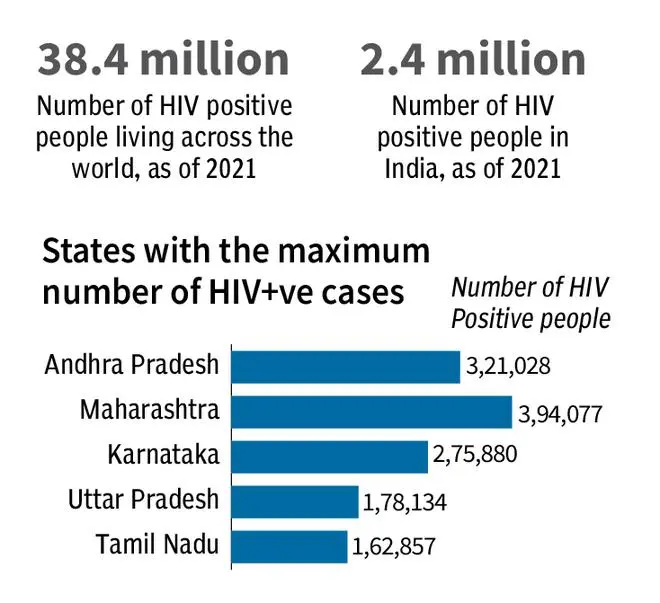
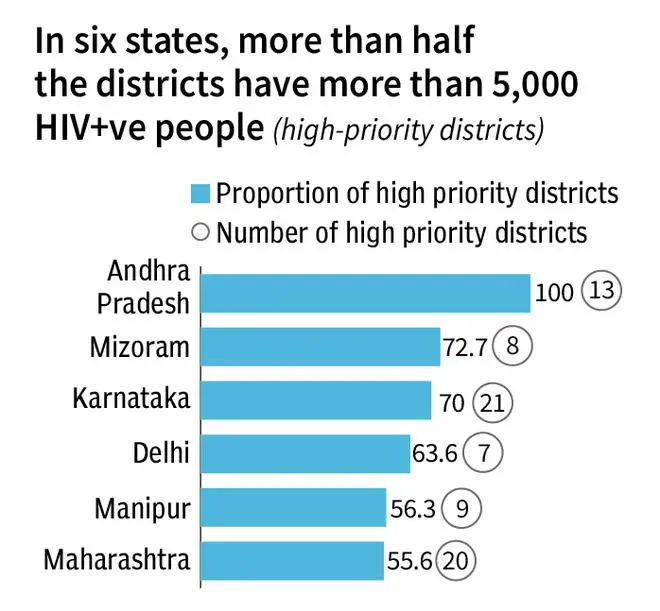
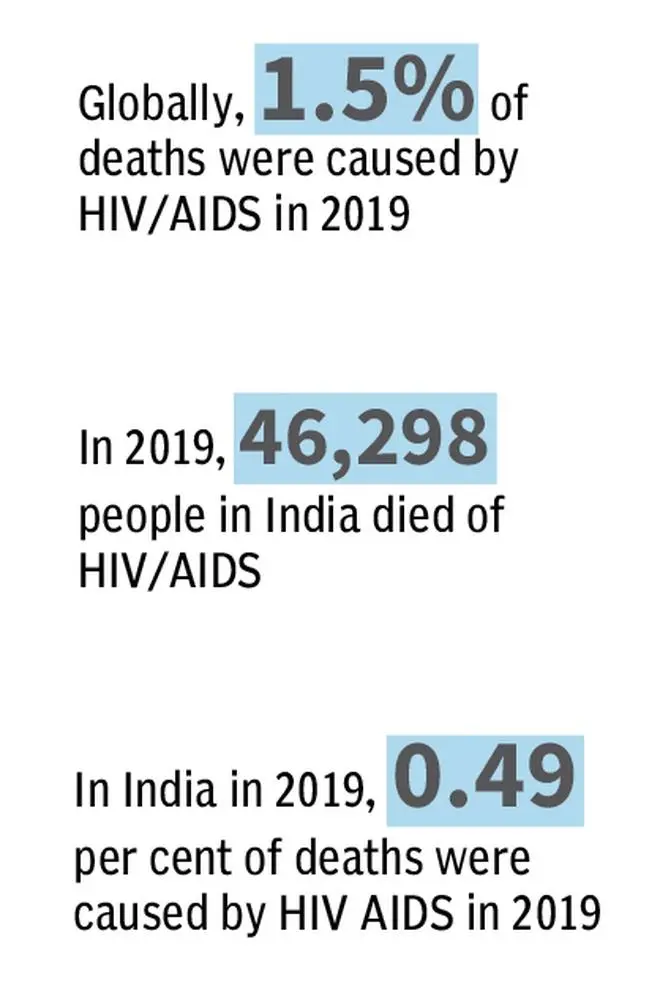
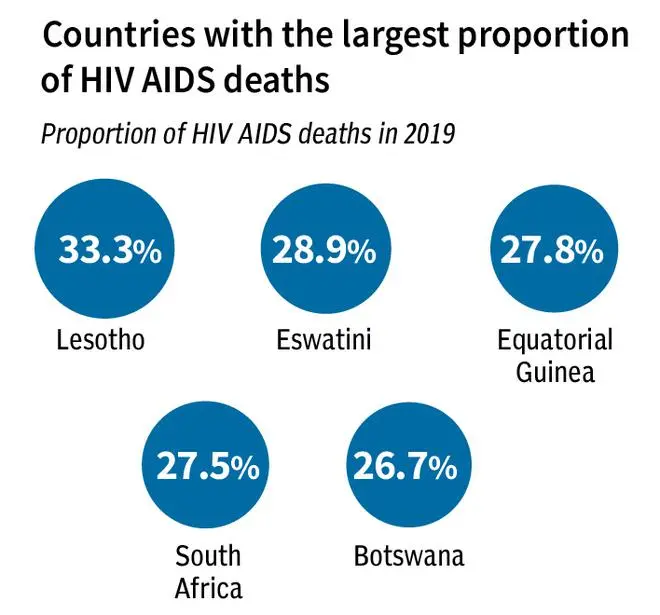
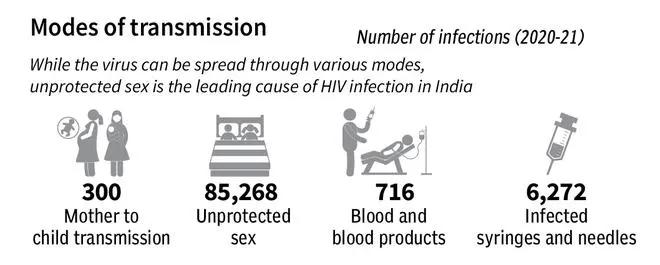
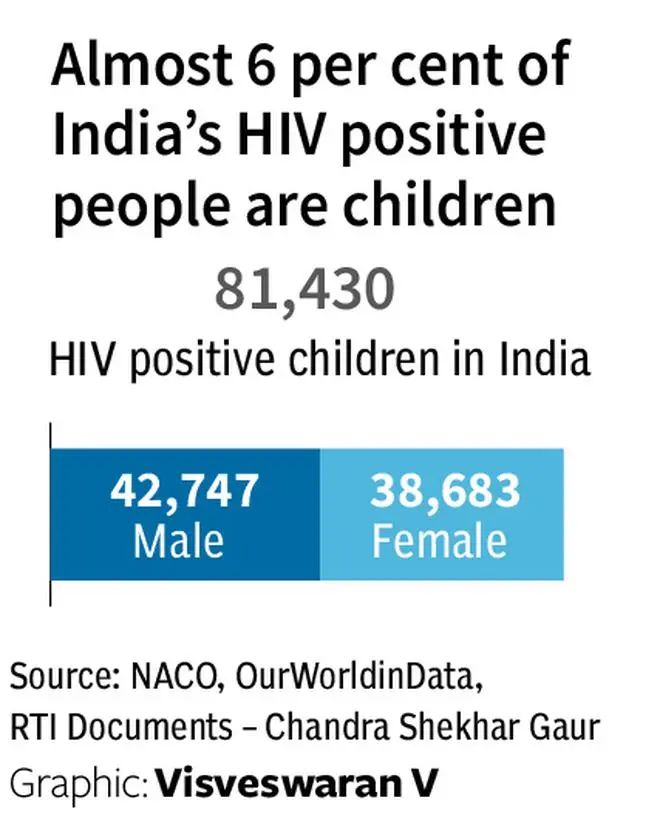





Comments
Comments have to be in English, and in full sentences. They cannot be abusive or personal. Please abide by our community guidelines for posting your comments.
We have migrated to a new commenting platform. If you are already a registered user of TheHindu Businessline and logged in, you may continue to engage with our articles. If you do not have an account please register and login to post comments. Users can access their older comments by logging into their accounts on Vuukle.